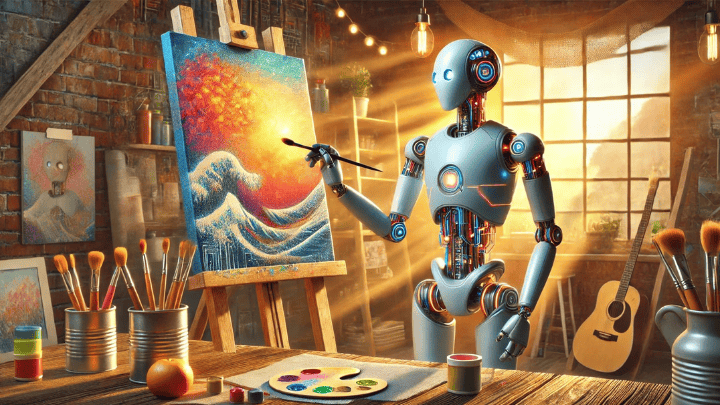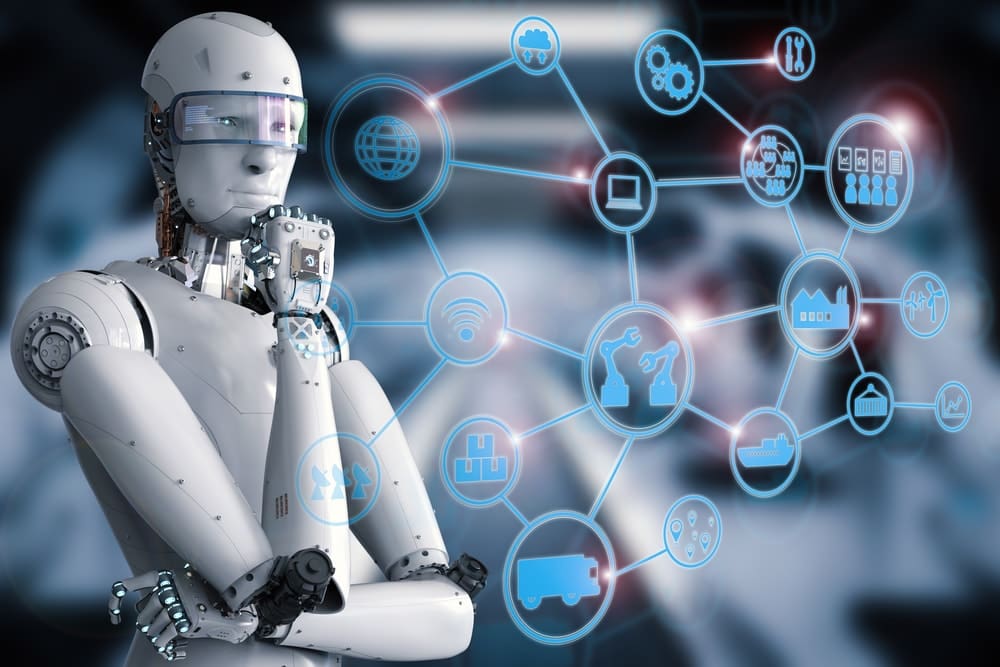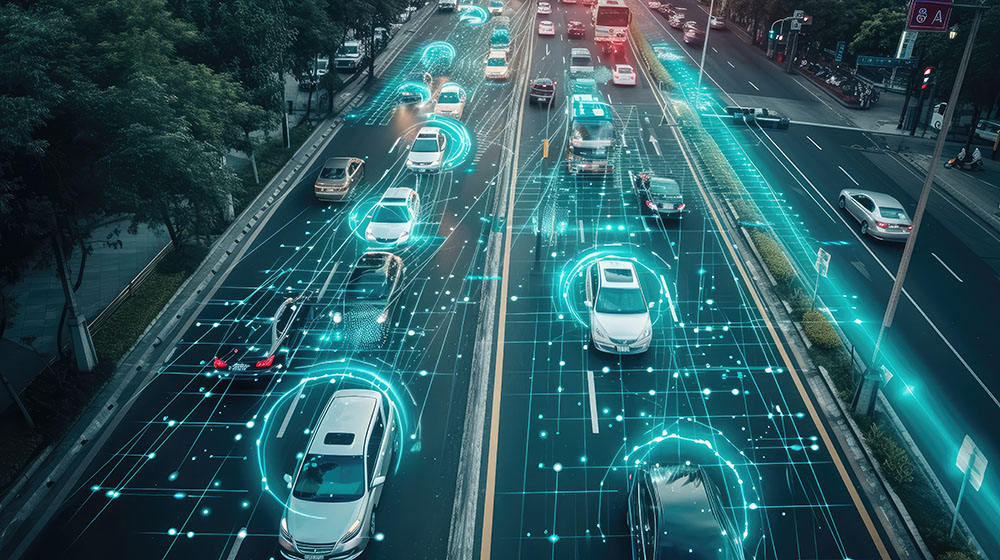Artificial Intelligence (AI) is revolutionizing the art world by enabling new forms of creation and expression. However, while AI offers exciting possibilities, it also introduces several limitations and concerns that are important to address. Understanding the drawbacks of AI in art is crucial for using this technology responsibly.
What Are the Drawbacks of AI in Art?
AI in art often involves machine learning algorithms that can generate, manipulate, or analyze artwork. Although these tools are powerful, they present challenges that impact creativity, ethics, and the traditional understanding of art.
Key Drawbacks of AI in Art
Lack of Genuine Creativity
AI can mimic artistic styles and generate visually appealing work, but it lacks human intuition, emotional depth, and lived experience. Many argue that AI cannot truly create in the way a human artist can because it doesn’t feel, think, or possess original intent.
Ethical Concerns
AI can replicate styles of famous artists or cultural art forms without permission, raising ethical questions about appropriation, plagiarism, and exploitation. Using AI to imitate or mass-produce art can devalue the original creators and their unique voices.
Copyright and Legal Challenges
AI-generated art often relies on vast datasets of existing works, which may include copyrighted materials. This raises complex legal issues about ownership, intellectual property rights, and whether AI-generated art can (or should) be copyrighted.
Bias and Data Limitations
AI models can unintentionally inherit biases from the data they are trained on. This can result in the exclusion of underrepresented artists, the reinforcement of stereotypes, or limited diversity in AI-generated outputs, ultimately skewing artistic narratives.
Devaluation of Human Artists
The ability of AI to quickly generate high volumes of artwork may flood markets, making it harder for human artists to compete. Some fear that AI could reduce demand for original, handcrafted art, potentially diminishing the perceived value of human creativity.
Loss of Authenticity
Art is often valued for its connection to the creator—their story, emotions, and perspective. AI-generated art may lack this authenticity, making it feel disconnected or less meaningful to some viewers.
Dependency on Technology
As artists increasingly rely on AI tools, there is a risk of over-dependence. Creative skills, traditional techniques, and the human touch may become secondary to automated processes, potentially narrowing the scope of human-led artistic innovation.
Conclusion
While AI presents incredible opportunities in the art world, it also brings significant drawbacks that cannot be overlooked. From ethical and legal concerns to the risk of losing human authenticity, these challenges must be carefully managed. Responsible use of AI in art involves balancing technological innovation with respect for human creativity, originality, and cultural integrity.





Leave feedback about this